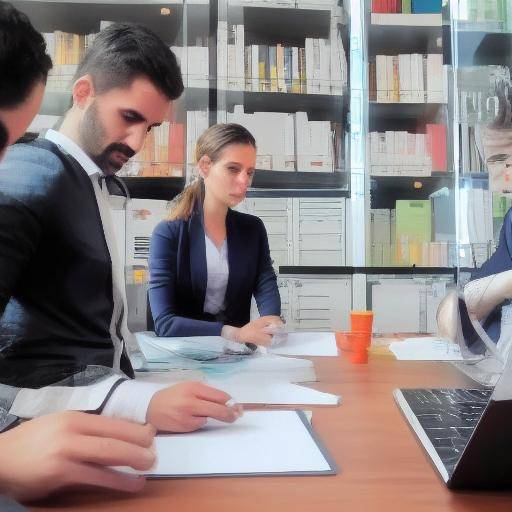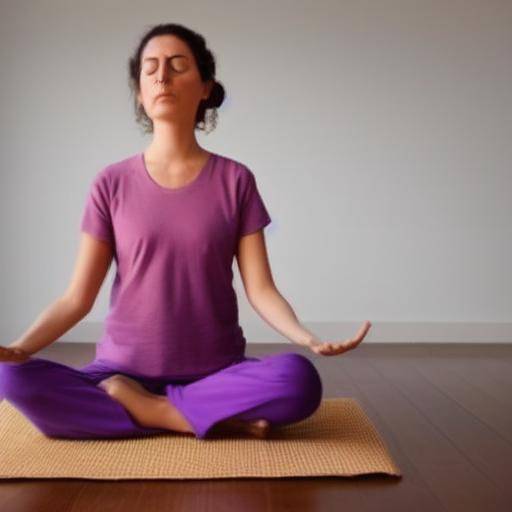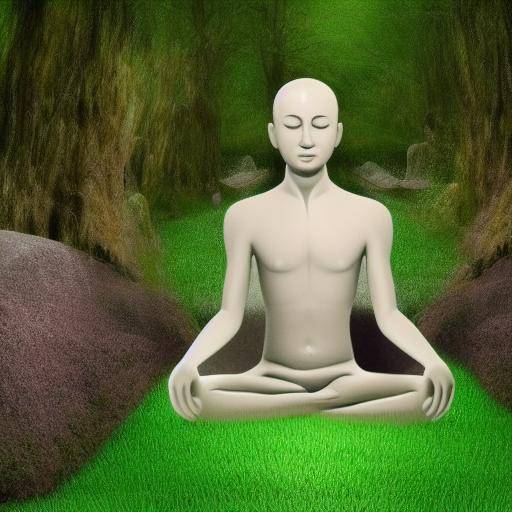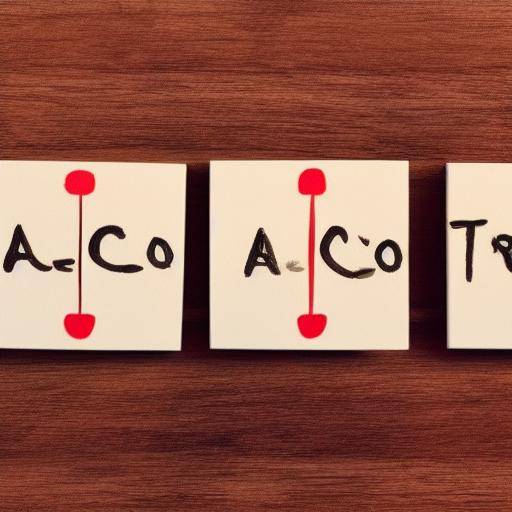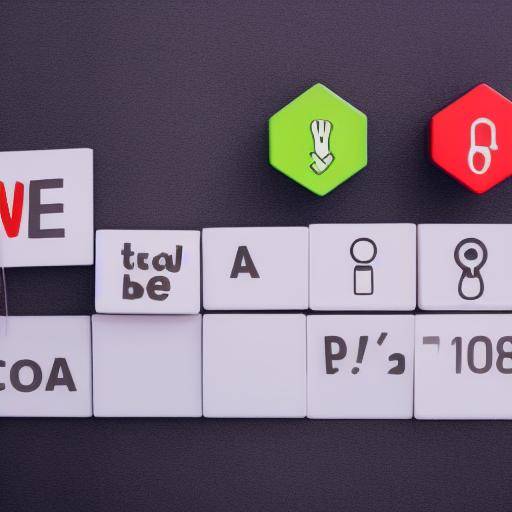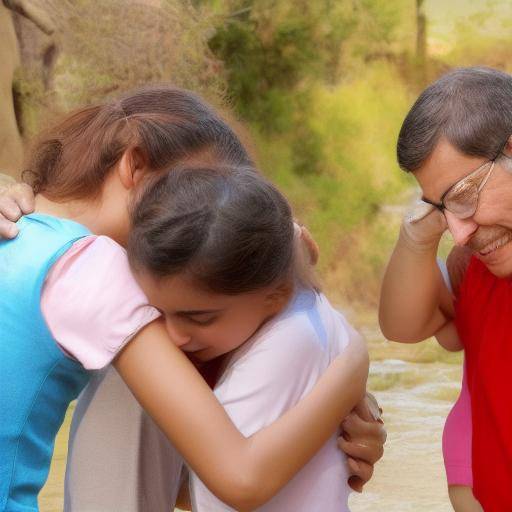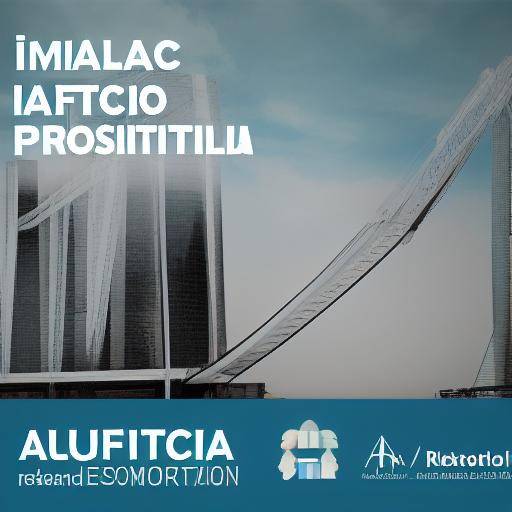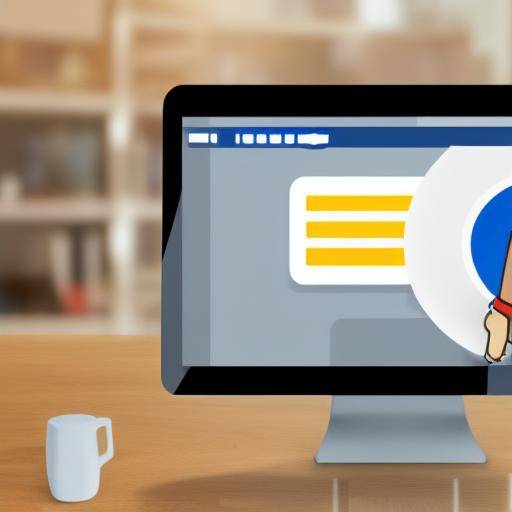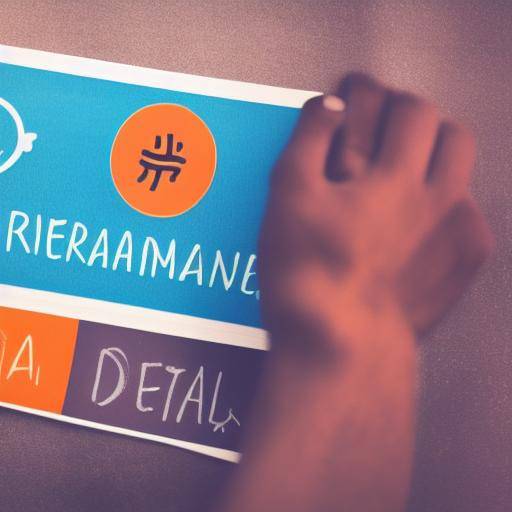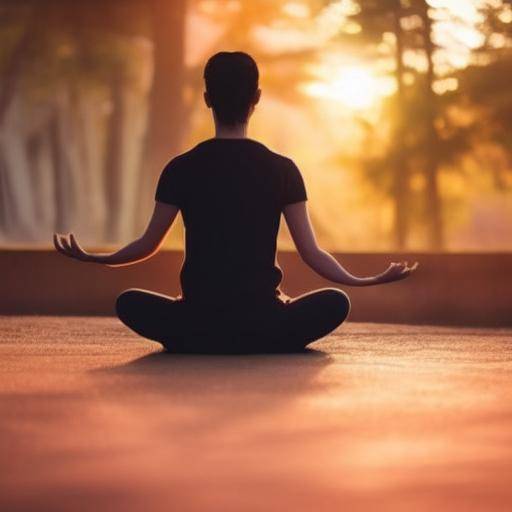
Mindfulness, or full attention, is a practice that has gained popularity in recent years due to its positive impact on emotional and mental well-being. This technique, deeply rooted in Buddhist philosophy, has proven to be effective in managing stress, anxiety, and improving the mental approach. However, its influence goes beyond these traditional benefits. In this article, we will explore how mindfulness can play a fundamental role in establishing personal limits, thus promoting greater emotional and mental well-being in everyday life.
Introduction
The establishment of personal limits is essential to maintaining healthy relationships, balancing responsibilities and preserving mental health. Incorporating mindfulness in this process can provide a greater understanding of individual needs, strengthen self-consciousness and promote more effective communication. Throughout this article, we will examine how mindfulness can positively impact the establishment of personal limits and provide practical techniques for their implementation in everyday life.
History and Background
The practice of mindfulness dates back to thousands of years, with its roots in the teachings of Buddhism. However, it was popularized in the West by Jon Kabat-Zinn through the MBSR (Mindfulness-Based Stress Reduction) program in the 1970s. Since then, it has gained recognition in the field of psychology and mental health, with studies that support its benefits both individually and socially.
Origins and Evolution of Mindfulness
The mindfulness, known in Pali as "sati", has been practiced since ancient times in Buddhist teachings to develop full attention and consciousness at the present time. Over time, this practice has been adapted and adopted by various philosophic and therapeutic currents, leading to the variety of approaches and techniques we now know.
Milestones and Key Developments
The arrival of mindfulness to the West marked a significant milestone in its evolution. Jon Kabat-Zinn designed the MBSR program, which combined mindfulness meditation with yoga practices, with the objective of reducing stress and promoting well-being. This integrative approach was a pioneer in incorporating mindfulness into clinical and therapeutic environments, paving the way for its application in different contexts.
Deep analysis
Benefits of Mindfulness in the Establishment of Personal Limits
The practice of mindfulness promotes self-consciousness and self-discovery, which can be fundamental for the establishment of healthy personal limits. By cultivating full attention at the present time, people can identify their needs, emotions and limitations more clearly, which in turn facilitates assertive communication and the establishment of effective limits.
Challenges and Challenges
Despite its many benefits, the integration of mindfulness in the process of establishing personal limits is not without challenges. Some people may face internal or external resistance by trying to implement mindfulness practices in their daily lives. Identifying and overcoming these obstacles is crucial to maximizing the benefits of this combination.
Comprehensive review
Practices of Mindfulness in the Establishment of Personal Limits
The integration of mindfulness into everyday life can have multiple forms and benefits. From the practice of conscious breathing to regulate emotional responses to self-reflection-focused meditation, there are various mindfulness techniques that can strengthen the ability to establish personal limits and foster emotional well-being.
Current Outlook and Trends
Experts in psychology and emotional well-being are increasingly interested in integrating mindfulness into therapy and personal coaching. This trend reflects a change in understanding the importance of full awareness in the establishment of personal limits, which in turn is leading to new techniques and effective approaches.
Comparative analysis
Similarities and Differences between Mindfulness and the Establishment of Personal Limits
Mindfulness and the establishment of personal limits share the fundamental premise of self-consciousness and self-care. Both seek to promote a deeper understanding of individual needs and foster healthy relationships. However, while mindfulness focuses on full attention and emotional regulation, establishing personal limits directly addresses communication and interaction with others.
Practical Tips and Accessible Recommendations
Implementation of Mindfulness in the Establishment of Personal Limits
Here are some practical recommendations for the integration of mindfulness in the establishment of personal limits:
- Practice self-observation: Dedicate time regularly to observe your thoughts, emotions and bodily sensations without judging. This can help you identify your personal limits more effectively.
- Establish daily meditation routines: Mindfulness meditation can strengthen the ability to maintain healthy personal limits by promoting emotional self-regulation and mental clarity.
Industry Perspectives and Expert Reviews
Impact of Mindfulness on Emotional Welfare and the Establishment of Personal Limits
Professionals in the field of emotional well-being and psychology have recognized the fundamental role of mindfulness in promoting healthy personal boundaries. According to Dr. Ana López, a psychotherapist specializing in mindfulness, "The practice of mindfulness can significantly improve a person's ability to establish effective limits, which is essential to his emotional well-being and mental health in general."
Case Studies and Practical Applications
Real examples of the Impact of Mindfulness on the Establishment of Personal Limits
Alicia, a busy executive, shared her experience by integrating mindfulness in managing her workload. "The mindfulness has helped me to recognize when I have reached my limit and to effectively communicate my needs, which has significantly improved my emotional well-being and my job performance."
Future Trends and Predictions
The future of mindfulness in the establishment of personal limits seems promising, with an increase in the integration of mindfulness practices in working, educational and therapeutic environments. New research and technological developments are expected to promote the accessibility and effectiveness of these practices in a modern and globalized context.
Conclusions
In conclusion, mindfulness not only offers benefits for individual emotional and mental well-being, but can also be a valuable tool for establishing healthy personal limits. By cultivating self-consciousness, regulating emotional responses and strengthening assertive communication, mindfulness is positioned as a fundamental practice to promote balanced relationships and greater emotional well-being in everyday life.
FAQs
How can mindfulness help in setting personal limits?
Mindfulness promotes self-consciousness and emotional regulation, which can facilitate the effective identification and communication of personal limits.
What is the relationship between mindfulness and emotional well-being?
Mindfulness promotes greater emotional well-being by cultivating full attention, reducing stress and fostering emotional self-regulation.
What challenges could arise when integrating mindfulness into establishing personal limits?
Some common challenges include personal resistance to mindfulness practice and the need to effectively communicate the established limits.
What mindfulness techniques are especially useful for setting personal limits?
Full-care meditation and conscious breathing practice are often useful in strengthening the ability to establish healthy personal limits.
What is the impact of mindfulness on interpersonal relationships?
Mindfulness can improve the quality of relationships by fostering more effective communication, promoting empathy and strengthening self-consciousness.
How can mindfulness be integrated into work environments for the establishment of personal limits?
The implementation of brief mindfulness practices, such as conscious pause or brief meditation, can be effective in establishing healthy limits in the working environment.
What is the role of mindfulness in self-reflection and the establishment of personal limits?
The mindfulness promotes self-reflection by promoting non-judging observation of the internal experiences themselves, which can strengthen the ability to establish limits effectively.
With these answers, we hope to have addressed common questions related to the impact of mindfulness on the establishment of personal limits.
In short, mindfulness is not only a powerful practice for emotional well-being, but it can also play a crucial role in promoting healthy personal boundaries. By fostering self-consciousness, regulating emotional responses and strengthening assertive communication, mindfulness becomes an invaluable tool to cultivate balanced relationships and promote greater emotional well-being in everyday life.
With the integration of this practice into various environments and an ever-increasing understanding of its benefits, the future of mindfulness in the establishment of personal limits is promising, offering the possibility of healthier relationships and a stronger emotional well-being in today's society.

























